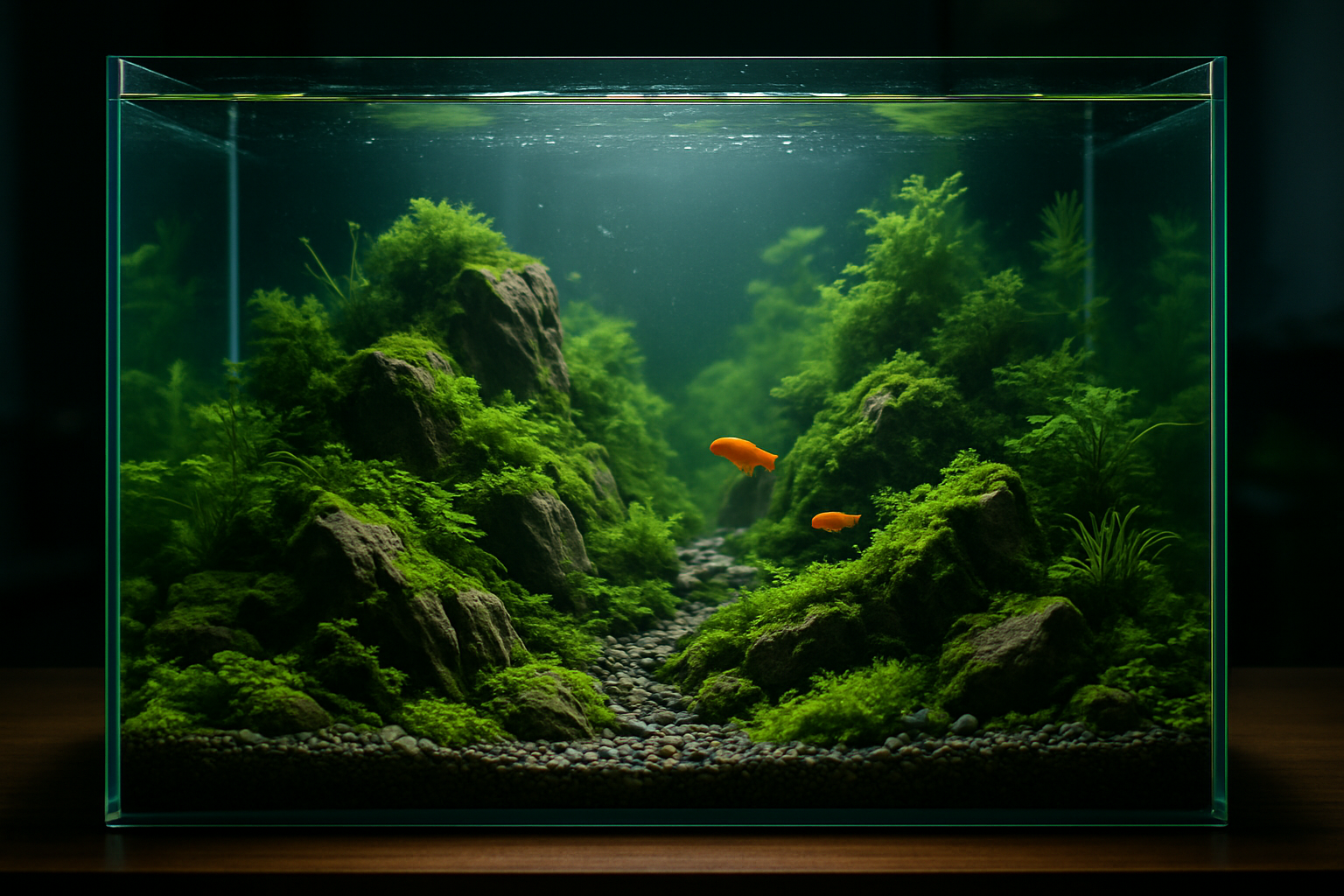Unveiling the Rich World of Aquarium Scaping: Aesthetic, Art, and Ecosystem
Introduction: Delving into the captivating universe of aquarium scaping can be an exhilarating experience. This art form goes beyond just adding fish to water—it involves designing underwater landscapes that inspire awe, stimulate the senses, and mimic natural habitats. This article will explore the history, present trends, and future implications of this unique fusion of art and marine life.

Aquarium Scaping: A Historical Perspective
Aquarium scaping, the art of creating underwater landscapes, has origins dating back to the early 20th century. Pioneered by the British, who were fascinated with aquatic plant species, it gained popularity with the concept of a balanced aquarium—an ecosystem where plants, fish, and bacteria coexist symbiotically. This early fascination has evolved into a worldwide hobby, with enthusiasts creating intricate underwater designs that mirror terrestrial landscapes.
Current Trends in Aquarium Scaping
In recent years, aquarium scaping has seen a surge in popularity. With a growing appreciation for nature and the aesthetics of living spaces, people are seeking ways to bring a slice of the natural world inside their homes. The art of aquascaping now includes various styles, such as Nature, Dutch, and Iwagumi, each with its unique characteristics and requirements. The current trend leans towards the nature style, an approach that seeks to replicate specific terrestrial landscapes underwater, like mountains, forests, or meadows.
The Market Impact and Pricing
The rising popularity of aquarium scaping has led to a flourishing market for specialized equipment and aquatic plants. From high-quality substrates, CO2 systems, to rare plant species, the demand for these products is on a steady climb. Prices vary significantly based on the complexity of the design and the choice of materials. A basic starter kit can cost around $100, while a high-end, professionally designed setup can run into thousands of dollars, making it a significant contributor to the $15 billion pet industry.
The Science Behind the Scenery
Aquarium scaping is not just about aesthetic appeal. It also involves a deep understanding of the ecosystem inside the tank. The plants in the aquarium produce oxygen and absorb harmful nitrates, providing a healthy environment for the fish. The gravel and rocks also host beneficial bacteria, which aid in the nitrogen cycle. The lighting, temperature, and chemical balance of the water are all critical factors in maintaining a thriving aquascape.
Looking Ahead: Aquarium Scaping and Conservation
Aquarium scaping has potential implications for wildlife conservation. By replicating natural habitats, it can serve as a means of preserving aquatic biodiversity. Moreover, it can also act as an educational tool, raising awareness about the delicate balance of aquatic ecosystems and the need to protect them. As aquarium scaping continues to grow in popularity, it is also evolving into a tool for conserving and appreciating our planet’s remarkable underwater world.
Aquarium scaping is more than just an aesthetic pursuit—it’s an intersection of art, science, and conservation. As we delve deeper into this fascinating world, we not only enhance our living spaces but also contribute to preserving the intricate balance of nature. The journey through the captivating world of aquarium scaping is an exploration of life under water, a tribute to nature’s beauty, and an ongoing testament to our enduring fascination with the world beneath the waves.





